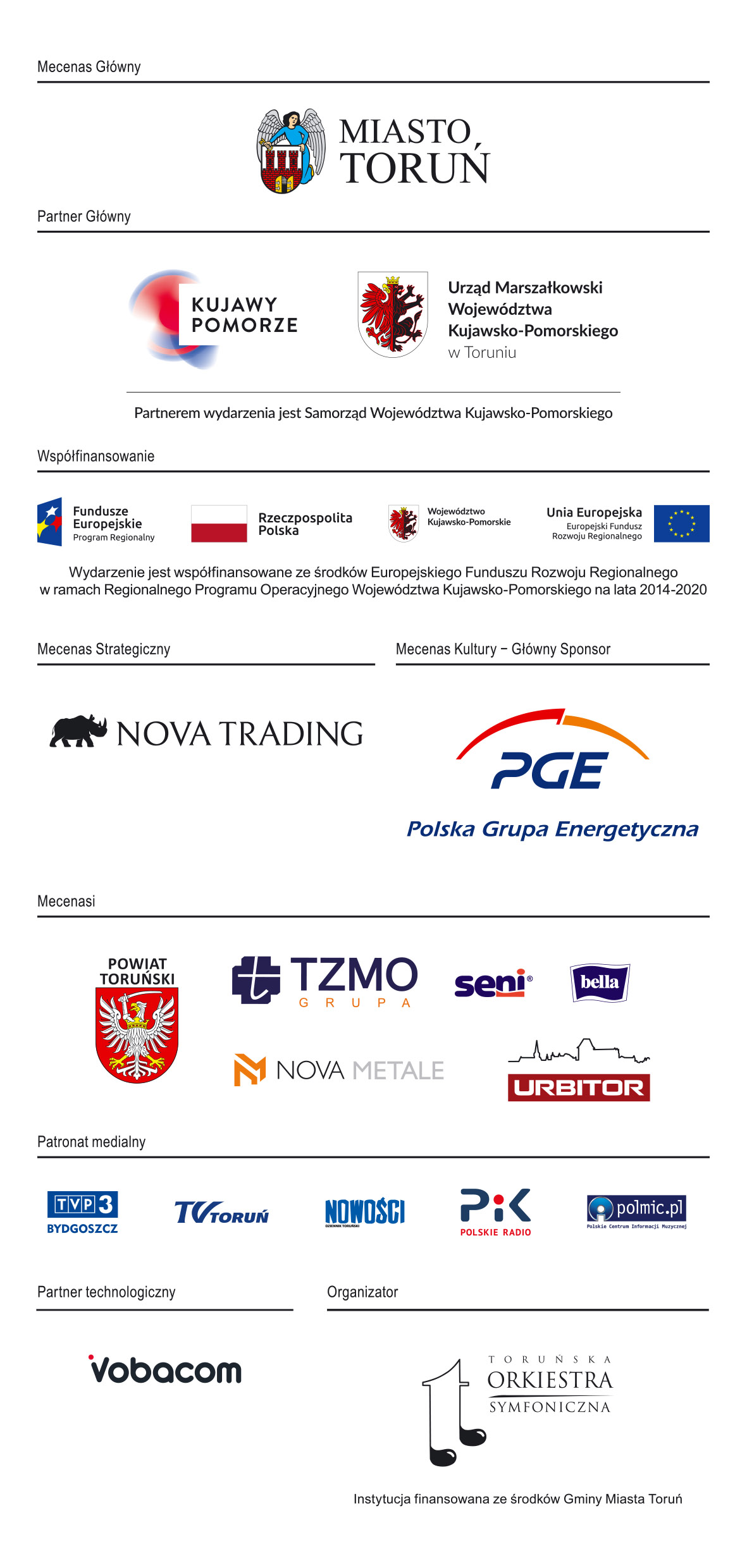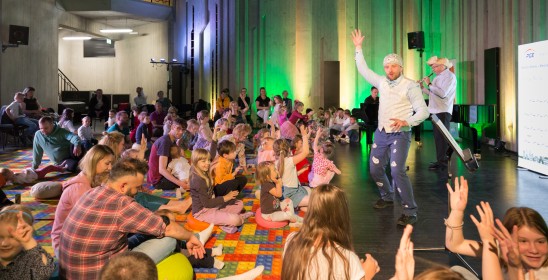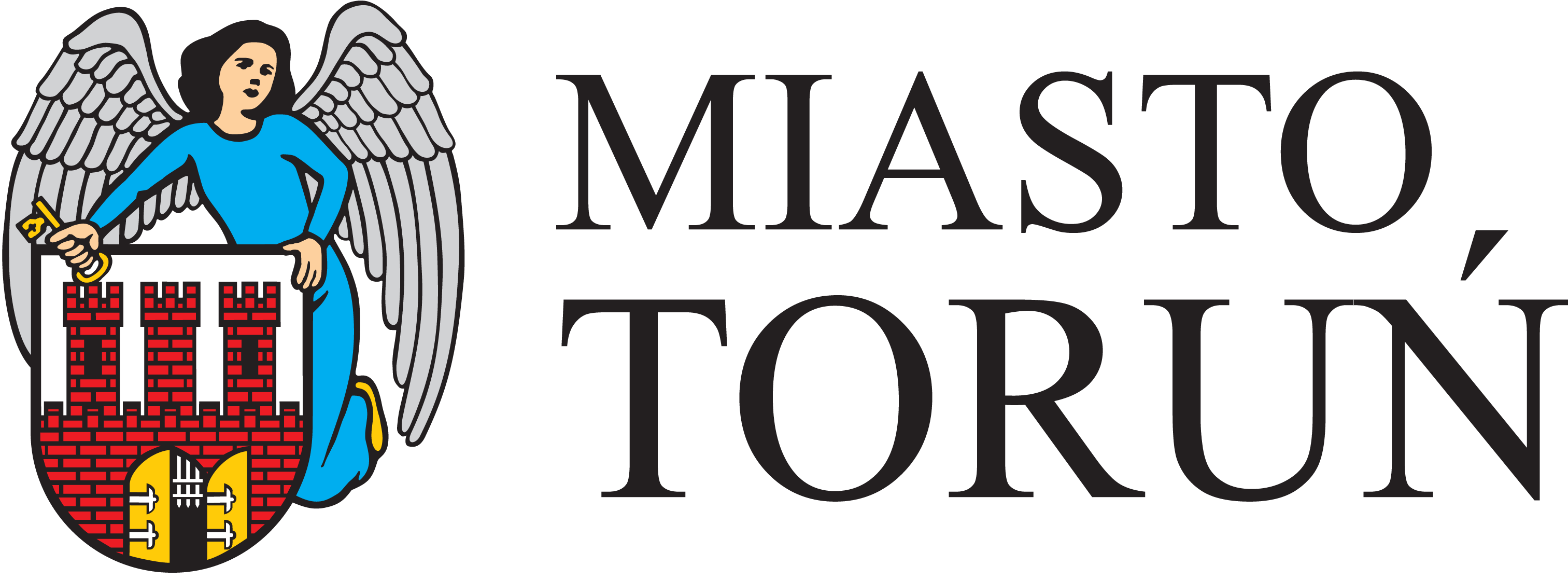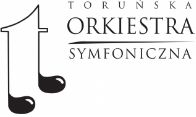Chamber music for Violin and Cello
The concert will be held under The 26th International Festival "Nova Music and Architecture", Toruń/Kujawsko-Pomorskie 2022
Kujawy + Pomorze – promotion of the economic potential of the region – 2nd
Artists:
Bartłomiej Fraś - violin
Julianna Vinci - cello
Aneta Derkowska - introduction
Programme:
G. Ph. Telemann - Sonate in G-minor for violin and basso continuo TWV 41:g8
J. S. Bach - Sonate in G-major for violin and basso continuo BWV 1019
L. van Beethoven - Duet No. 2 for violin and cello WoO 27
G. F. Handel/J. Halvorsen - Passacaglia
R. Gliere - Huit Moreceaux op. 39
M. Ravel - Sonate for violin and cello
Let us will begin our musical journey, in which we will be guided by the violin and the cello, with the music of the Baroque. The five sonatas for violin and harpsichord obbligato by Johann Sebastian Bach (1685-1750) represent a type of trio sonata for violin and harpsichord with a bass part on the harpsichord or viola da gamba. Yet because in the Baroque period, the alternatim technique - which assumed freedom of instrumentation - was commonly used, these pieces were also performed on other instruments. The bass part especially was meticulously described by Bach and banned from any improvisation, as it was the case of most sonatas for solo instruments and basso continuo as well. His works were most likely written during Bach's stay in Koethen in the years 1720-1723.
Remaining in the circle of German baroque music, we will enjoy the Sonata in G minor for violin and basso continuo TWV 41: g8 by Georg Philipp Telemann (1681-1767) from the collection of so called methodical sonatas written for the Habsburg merchant Rudolf Burmester and his brother Hieronymus. The compositions in question were a true compendium of musical styles and served as a textbook for the art of ornamentation.
The Passacaglia for violin and cello or violin and viola, composed by the Norwegian violinist and composer Johan Halvorsen (1864-1935) was based on the final movement of the Harpsichord Suite in G minor HWV 432 by a good friend of Telemann, Georg Friedrich Handel (1685-1759). The four-bar main theme, constituting the basis for the later variations, is created on a sequence of eight chords with a dotted rhythm. In the further course of the work, the composer demands mastery and virtuosity from the soloists, sparing the musicians with technical acrobatics.
The three duets for clarinet and bassoon or violin and cello WoO 27 by Ludwig van Beethoven (1770-1827) (yet, his authorship is uncertain) probably come from the composer's early period, but were published only between 1810 and 1815, in Paris. These true, ahead-of-the-time gems were written in an early-romantic style.
Our journey continues through Moscow, because Reinhold Moritsevich Glière (1875-1956) - a teacher of, among others, Sergei Prokofiev - was a lecturer at the Gnesin Institute in Moscow. His Eight Duets for violin and cello, Op. 39 from 1909 was written after the composer returned from Berlin to Moscow. Dedicated to Boris Kaliushno, they constitute a series of musical trinkets shimmering with various shades of virtuosity.
The festival we will end this year with a journey through French music, as we will hear Maurice Ravel's Sonata for violin and cello (1875-1937), dedicated to the memory of Claude Debussy. The composer completed it in 1922. In the piece, following the example of the late sonatas of the creator of Afternoon of Faun, Ravel limited the tonal richness, which previously determined Debusse's compositional idiom, in favour of the primary importance of the melody and the constructive function of the counterpoint, which gains special importance in the finale, which is the true culmination of polyphonic art.
Aneta Derkowska










